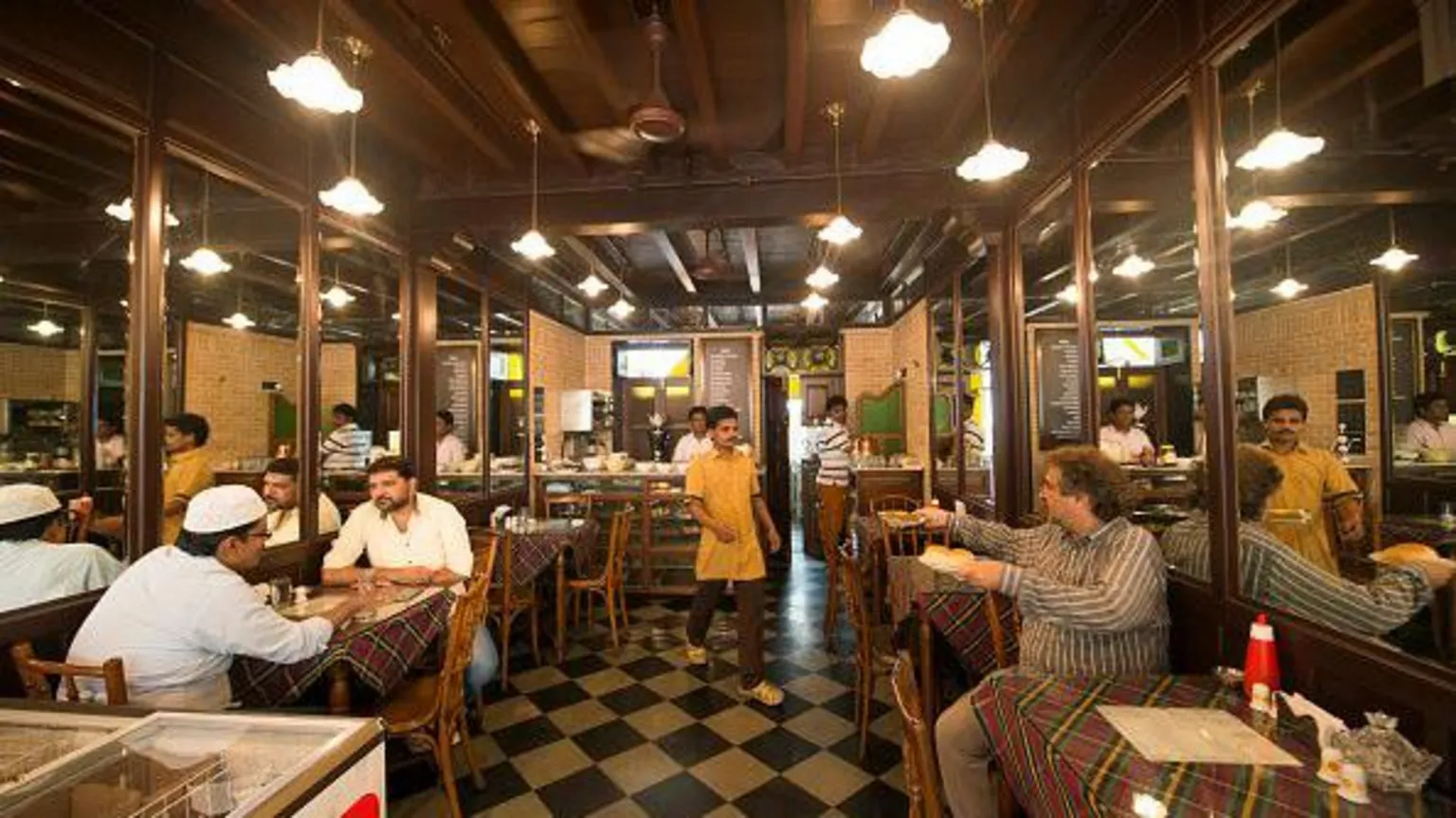The unmistakable aroma of bun maska, the comforting warmth of freshly made samosas, and the rich, creamy Irani chai have long been the hallmarks of Hyderabad’s iconic Irani cafes. These Persian-style establishments, with their marble-topped tables, chequered floors, and vintage clocks, have been an integral part of India’s cultural tapestry for over a century.
Established by Persian immigrants in the late 19th and early 20th centuries, Irani cafes became beloved gathering spots in cities like Mumbai, Pune, and Hyderabad. These cafes offered a unique, communal space where people from all walks of life could enjoy affordable, flavorful meals and endless cups of chai.
Hyderabad, with its deep historical ties to Persia, boasts the highest number of Irani cafes after Mumbai. The city’s connection to Iran was strengthened under the rule of the Muslim Nizams, who encouraged Persian trade and culture. Many of these cafes, such as the Niloufer Café, named after the Nizam’s daughter-in-law, an Ottoman princess, became landmarks of the city’s rich cultural heritage.
However, the survival of these iconic cafes is now under threat. From an estimated 450 cafes two decades ago, Hyderabad now has only around 125 left. Owners cite rising real estate prices, competition from fast-food chains, and changing consumer tastes as the primary reasons for this decline.
Jaleel Farooq Rooz, owner of the famous Grand Hotel, recalls a time when his café sold 8,000 to 9,000 cups of chai a day. Now, that number has dwindled to 4,000. The rapid development of Hyderabad, particularly its emergence as an IT hub, has brought with it economic changes that have made it difficult for traditional Irani cafes to compete.
Additionally, the current generation of Iranian families in Hyderabad shows little interest in continuing the café business, opting instead for more lucrative careers or migrating to other countries. Despite these challenges, some cafe owners like Syed Mohammed Razak of the Red Rose Restaurant are determined to preserve their family’s legacy. Razak has introduced new dishes to the menu and is using his graphic design skills to promote the café online, hoping to attract a new generation of customers.
Loyal patrons, many of whom have frequented these cafes for generations, continue to support them, drawn by the unique taste of Irani chai and the nostalgic ambiance. “Irani tea is a part of my life,” says Yanni, a regular at the Grand Hotel. “There is nothing like it even today.”
While the future of Hyderabad’s Irani cafes remains uncertain, their legacy and influence on the city’s cultural landscape are undeniable. These cafes not only served food and tea but also played a vital role in fostering a sense of community, breaking down social barriers, and offering a space where people from all walks of life could come together.
This article has been updated on 12 July 2024 to clarify that traditional Irani tea was originally served without milk or cream.


